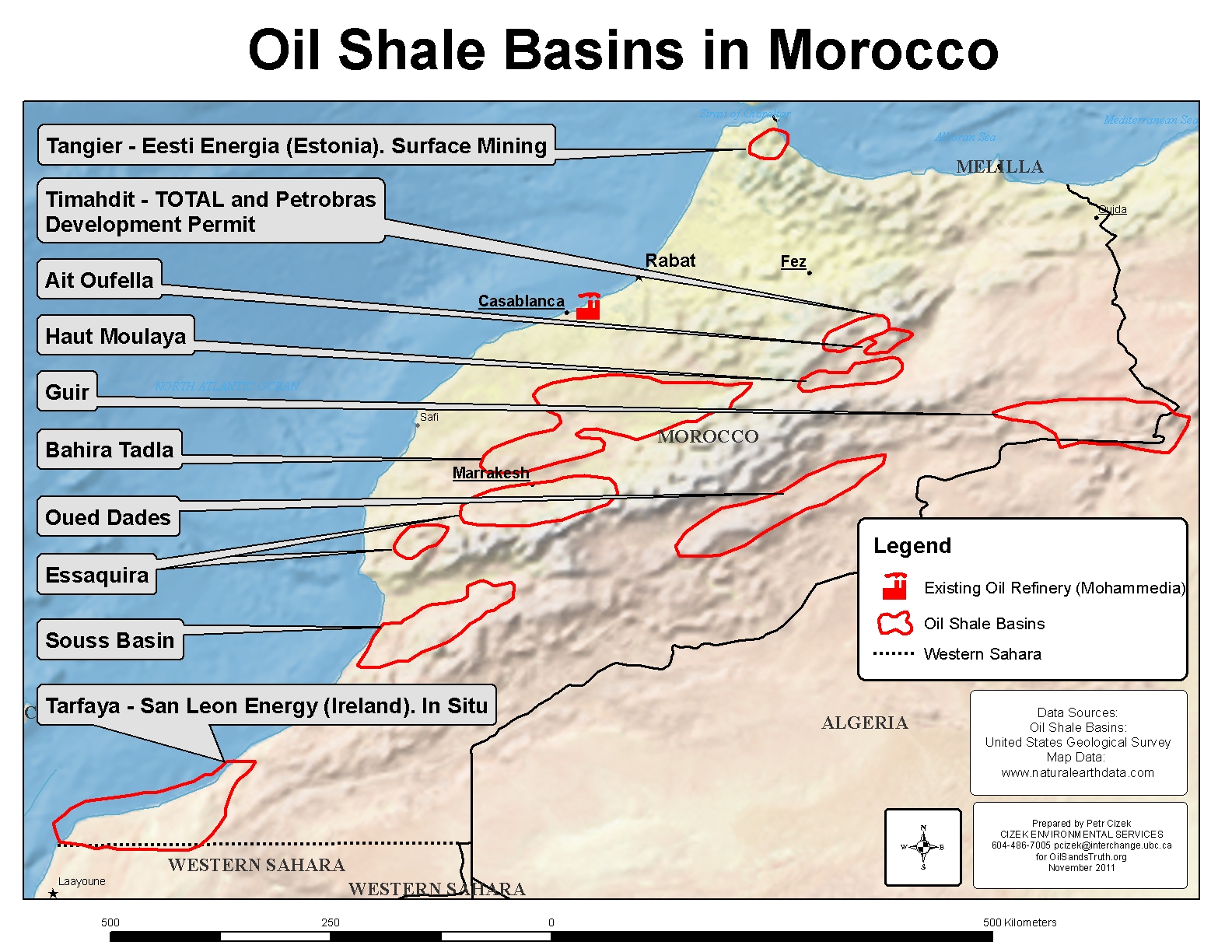(Agence Ecofin) - Dans une récente interview au quotidien marocain Libération, la directrice générale de l'Office national des hydrocarbures et des mines (ONHYM), Mme Amina Benkhadra, a estimé à près de 900 000 km² la surface totale des bassins à explorer dans le royaume chérifien qui s’empresse d’entrer dans le cercle des pays pétro-gaziers.
A l’en croire, le Maroc possède une vingtaine de bassins sédimentaires en onshore et une variété de segments de bassins en offshore atlantique et méditerranéen, avec 300 puits d'exploration, soit une densité de forage d'à peine 0,04 puits par 100 km². « Comparée à une densité mondiale moyenne de 8 à 10 puits par 100 km2, on voit que notre pays reste sous exploré », a expliqué Mme Benkhadra.
Au Maroc, l'ONHYM, qui a en règle générale 25% dans les opérations d'exploration et de production, continue à déployer ses efforts pour « encourager et intensifier l'exploration pétrolière des bassins sédimentaires marocains, par ses propres moyens ou en partenariat », a-t-elle relevé.
A ce jour, 31 sociétés pétrolières internationales, dont des majors, des super indépendants et des indépendants, opèrent en offshore et en onshore au Maroc
A l’en croire, le Maroc possède une vingtaine de bassins sédimentaires en onshore et une variété de segments de bassins en offshore atlantique et méditerranéen, avec 300 puits d'exploration, soit une densité de forage d'à peine 0,04 puits par 100 km². « Comparée à une densité mondiale moyenne de 8 à 10 puits par 100 km2, on voit que notre pays reste sous exploré », a expliqué Mme Benkhadra.
Au Maroc, l'ONHYM, qui a en règle générale 25% dans les opérations d'exploration et de production, continue à déployer ses efforts pour « encourager et intensifier l'exploration pétrolière des bassins sédimentaires marocains, par ses propres moyens ou en partenariat », a-t-elle relevé.
A ce jour, 31 sociétés pétrolières internationales, dont des majors, des super indépendants et des indépendants, opèrent en offshore et en onshore au Maroc










Commentaire